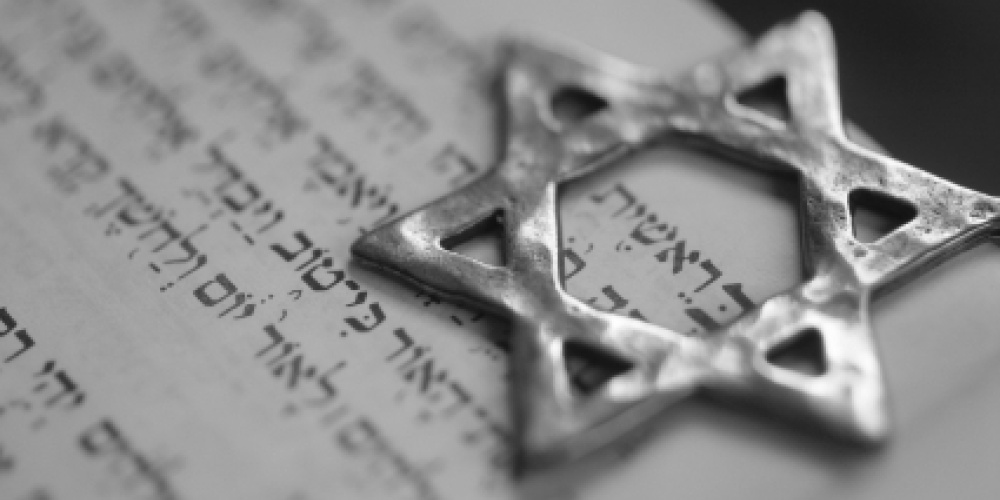
During shul this past week, I was reading the notes of the Hertz Chumash, as I often do. This likely puts me in small company as the Hertz Chumash has gone the way—pardon the expression—of the dodo bird. It so happens the shul at which I daven has a number of them still around, and I often enjoy using the Hertz over the “competing” chumashim that adorn our beit midrash.
Perhaps this is so because the Hertz Chumash reminds me of certain aspects of a bygone era that I do miss. Admittedly, the “apologetics” in the commentary do seem outdated at times, and I know little about S. R. Driver and the host of other non-Jewish bible scholars who are quoted. Yet this was—and in many ways, still is—a remarkable, even heroic commentary. It was produced in an era when Judaism was on the defensive, facing waning observance in the mass immigrant community of America and the attacks of biblical critics from the intellectual elite. Traditional yet modern, scholarly yet easily accessible to the (unlearned) layman, the running commentary coupled with thematic articles at the conclusion of each sefer made the Hertz the chumash of choice in Orthodox, Conservative and Reform synagogues. That is a quite remarkable feat, one that sadly has almost no parallel today. While the Orthodox ArtScroll Stone Chumash, the Eitz Chaim Chumash of the Conservative movement and the Plaut Chumash used in Reform Temples share a similar text (thankfully), the approaches taken in each chumash are so fundamentally different that it’s hard to believe that, only a generation ago, it was the Hertz Chumash that united us.



